Ruth Leon recommends… Hula ʻAuana – Pua Aliʻi ʻIlima
Ruth Leon recommendsHula ʻAuana – Pua Aliʻi ʻIlima
Just about everybody who has vacationed in Hawaii has been drawn into watching a performance presentation of hula dancing. In its usual touristy and most exploited form it’s a bit of a giggle, some well-endowed women prancing about in grass skirts to the accompaniment of steel guitars. A tourist trap, right? Well, yes and no. It turns out that what we are usually exposed to in the hotels and cafes is a bowdlerisation of an ancient and very serious dance form.
Hula is ancient, originating before the introduction of Christianity and ancient hula, performed before Western encounters with Hawaiʻi, is called Kahiko. Hula Kahiko, often defined as those hula composed prior to 1894 which do not include modern instrumentation (such as guitar, ukulele, etc.), encompasses an enormous variety of styles and moods, from the solemn and sacred to the frivolous. Today Hula Kahiko is simply known as “Traditional” Hula.
Originally, the hula was a religious dance performed by trained dancers before the king or ordinary people to promote fecundity, to honour the gods, or to praise the chiefs. Wristlets and anklets of whale teeth or bone and necklaces and fillets of leis (interwoven flowers) were common ornaments.
Hula dancing is complex, with many hand motions used to represent the words in a song or chant. For example, hand movements can signify aspects of nature, such as the swaying of a tree in the breeze or a wave in the ocean, or a feeling or emotion, such as fondness or yearning. Foot and hip movements often pull from a basic library of steps
It is accompanied by chant and traditional instruments. Early Hawaiian musicians did not really focus on elaborating pure instrumental music but simply used the nose-blown flute that can only produce no more than four notes. However, after the Hawaiian culture met with Western music, in the 19th and 20th centuries, some Hawaiian musicians developed several instrument-playing techniques in which the traditional Hawaiian repertoire was embedded. For example, the appearance of a Hawaiian guitar-playing method, steel guitar, was attributed to the perfect combination of a guitarist muting the strings with a steel bar.
Many hula dances are considered to be a religious ceremony, as they are dedicated to, or honoring, a Hawaiian goddess or god. Even a minor error in performance is considered bad luck and true adepts are secluded while they are learning, culminating in a formal ‘graduation’ performance when they have learned all the movements.
Founded in Honolulu by Victoria Holt Takamine in 1977, Pua Aliʻi ʻIlima is a school of traditional Hawaiian dance, or halau hula. The company’s name means the “Royal ʻIlima Blossom” and references a plant native to Hawaii as well as the founder’s ancestry of Hawaiian royalty.

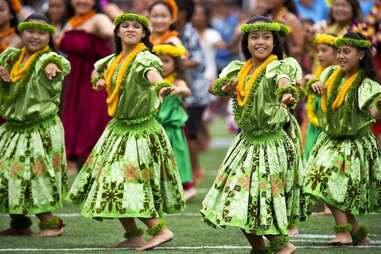
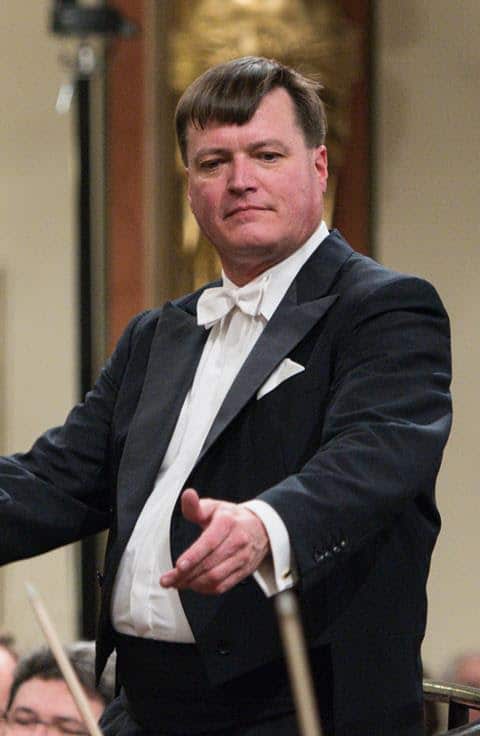
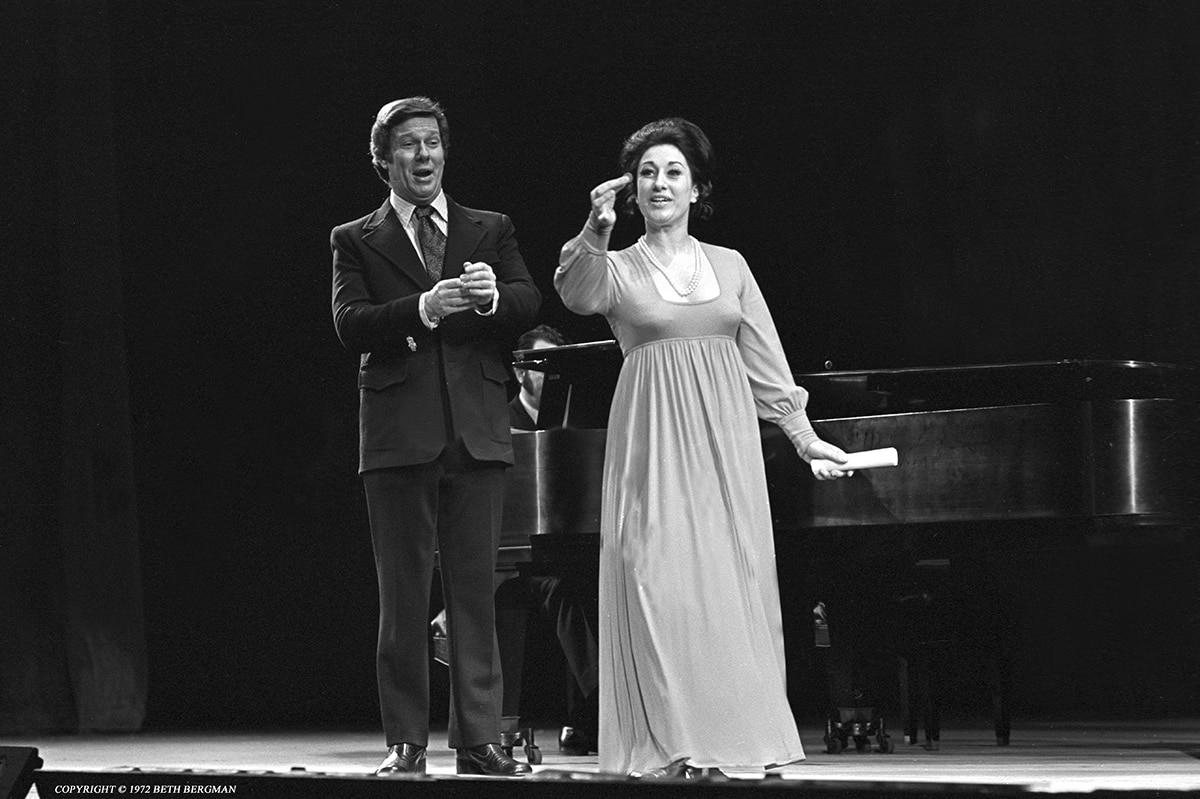
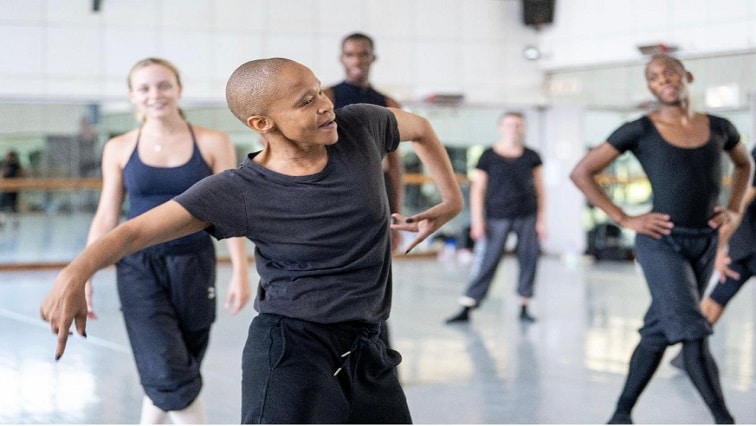
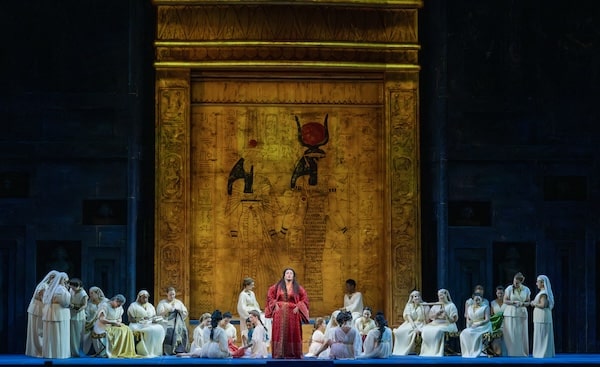
Hmmm. Seems a very limited idiom.